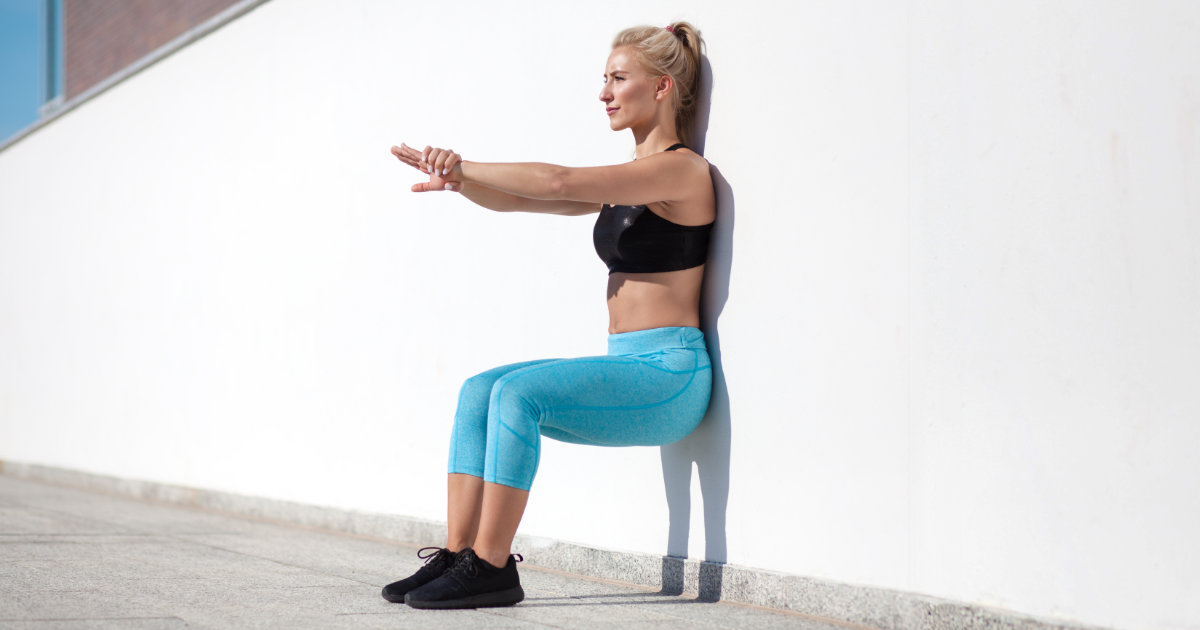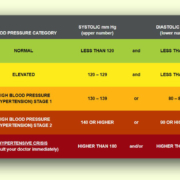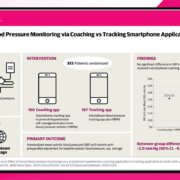How Isometrics Help Lower Your BP
If you have a home blood pressure monitor, try a little experiment on yourself. Set up your monitor and cuff and sit quietly in a chair. After five minutes or so, take a deep breath, exhale, and hit the Start button on the monitor while breathing normally as your BP is taken. Record the results. Make sure the cuff deflates completely and continue sitting for another five minutes.
Then repeat the deep breath, exhale, and hit the Start button. This time, I want you to contract the muscle in the opposite arm as much as you can and hold the contraction until the BP is done, breathing normally the entire time. Do you notice a difference in the BP without and with contracting your opposite arm? Unless you lift heavy weights on a regular basis, you probably did.
When you contract the opposite arm, you’re restricting blood flow to that arm, thereby increasing the resistance. When you relax, there should be an increase in blood flow to that tissue. When you do isometric exercises regularly, that’s what happens in every muscle group involved.
How Isometrics Can Lower BP
Let’s return to the study. The researchers did a secondary analysis to see if they could find the exercise that lowered BP the most. The wall sit or wall chair worked best to lower systolic blood pressure, while running lowered diastolic blood pressure the most.
What’s the wall sit? It’s depicted in the photo above. The idea is to stand a foot or so from the wall, lean back until your back contacts the wall, and slide down to a sitting position for five to ten seconds, then slide back up. Repeat ten times several times per day; the key is to never hold your breath while you do it. The quadriceps and the gastrocnemius are a substantial amount of muscle. Restricting blood flow with isometrics will increase the resistance on the heart and blood vessels. The benefit is that you will get a training effect on both that lowers BP.
What’s actually going on with the nervous, cardiovascular, and muscular system isn’t quite clear, but knowing why won’t help you do them. If you don’t have orthopedic issues (and you don’t hold your breath while performing the isometrics), no matter what muscle groups you use, you may help lower your BP. I think the wall sit works the best due to total muscle mass involved, but every muscle group will help.
The Bottom Line
Will isometrics make you super fit? No. Super strong? No. There are also limitations as to the angles where strength will increase due to specificity of training. But there seems to be an emphasis on improving health with short episodes of exercise. Isometrics fit that niche quite well and as the study demonstrated, quite effectively as related to BP. We’re not done yet because two other studies have focused on activities that involve movement. We’ll talk about those next week. In the meantime, have a great Labor Day holiday.
What are you prepared to do today?
Dr. Chet
Reference: British J Sp Med Online July 2023. doi: 10.1136/bjsports-2022-106503









